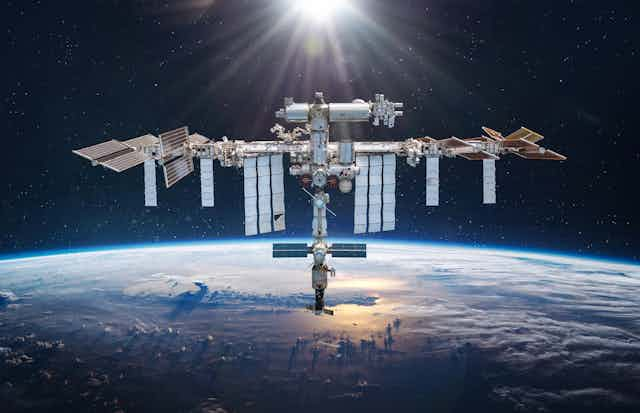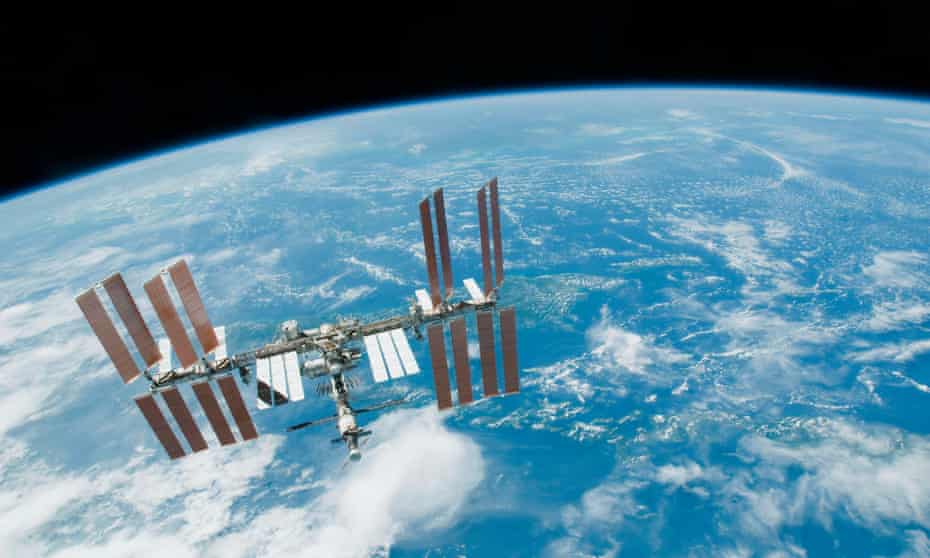التسميات
- amazing
- amazing facts
- amazing facts about internet
- amazing space
- animal facts
- Dangerous Animal
- fact zone 24
- facts
- facts about iss
- facts about Ukraine
- facts Hindi Ukraine
- Factszone 24 horror
- factzone 24 facts
- Ghost Facts
- Hindi amazing facts
- Hindi facts
- horror place
- india horror place
- Indian festival
- information about solar system
- internet
- iss
- iss hindi facts
- Russia war
- solar system
- space facts
- top 50 facts
- top amazing fact
- Ukraine war
- www facts
Document Hello Everyone           My Name is FactZone 24, Today I will Tell about Top Horror places in India . Would You Like More Facts you can Subscribe Our Youtube Channel. 👉👉👉 Click Hear And After Reading This Article You can Go to Our channel and Watch More Facts in a Videos Format. Introduction : India Has a Most Haunted Places .There are 10 listed Places You Can Click and Otherwise Read One by One Article. Top 10 Haunted Place in India Bhanghar Fort, Rajasthan Kuldhara Village, Rajasthan Dow Hill, Kurseong, West Bangal Dumas Beach, Gujarat Jatinga, Assam Lambi Dehar Mines, Uttrakhand Agrasen ki Baoli, New Delhi ...
SEVEN WONDERS OF WORLD
Document The 7 World Heritage Sites, also known as the Seven Wonders of the Morden World as Follows : Christ the Redeemer, Brazil Machu Picchu, Peru Petra, Jordan Taj Mahal, India The Colosseum , Rome The Great Wall of China , China Chichen Itza, Mexico The Great Pyramid of Giza has also been added to the list. However, it is an honorary candidate and not one of the seven wonders. Taj Mahal, India Introduction : In Year 2000 a Swiss Foundation launched a Campaign to determine the New Seven Wonders of the World. the world's most spectacular natural features and human-built structures. 1- Christ the Redeemer, Brazil Christ the Redeemer, Portuguese Cristo Redentor, colossal statue of Jesus Christ at the summit of Mount Corcovado, Rio de Janeiro, southeastern Brazil. ...
India's Legendary Prime Ministers
Document Prime Minister of India is the head of the Governemnt. He is appointed by the Indian President after the political party and wins a gernal election and nominates a party candidate for the post. India's first Prime Minister was appointed in Year 1947 , Pandit Jawaharlal Nehru . And In Year 2021, the Indian Prime Minsister is Narendra Modi are Second Time appointed. According to Article 75 of Indian Constitution are appointment of Prime Minsister and Other Minisiters. India's Prime Minister List In 72 years of independendence, India has got its 19 Prime Ministers . Almost India's all Prime Minister are listed there : Pandit Jawaharlal Nehru Gulzarila Nanda Lal Bahadur Shastri Gulzarila Nanda Indira Gandhi Morarji Desai Cha...

/cdn.vox-cdn.com/uploads/chorus_asset/file/20014917/1600px_International_Space_Station_after_undocking_of_STS_132.jpg)










